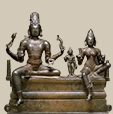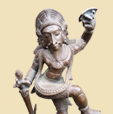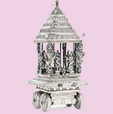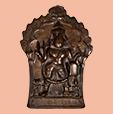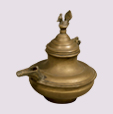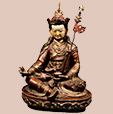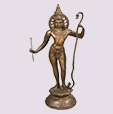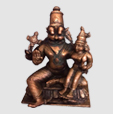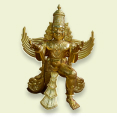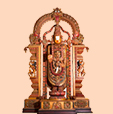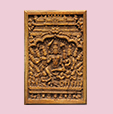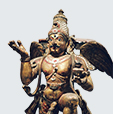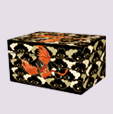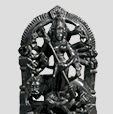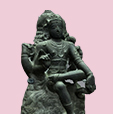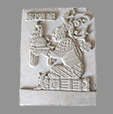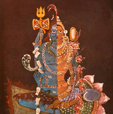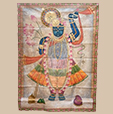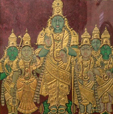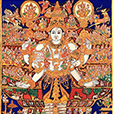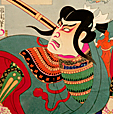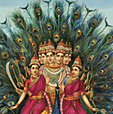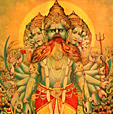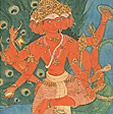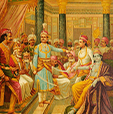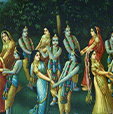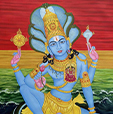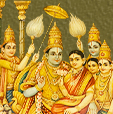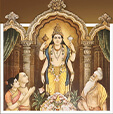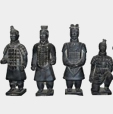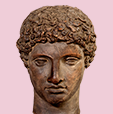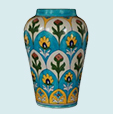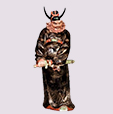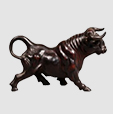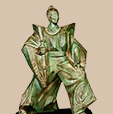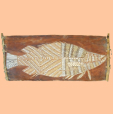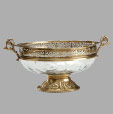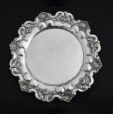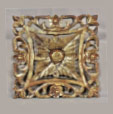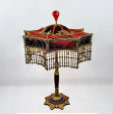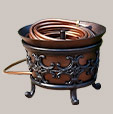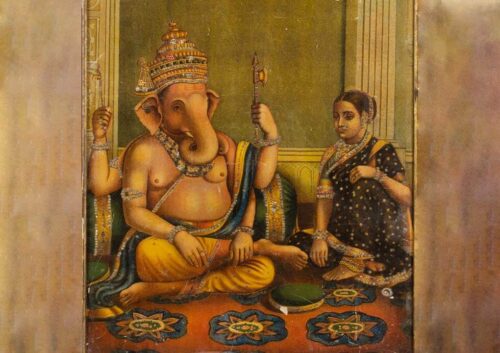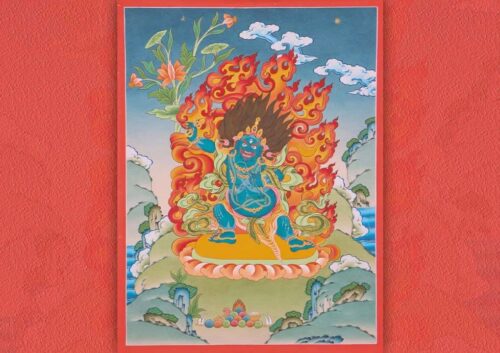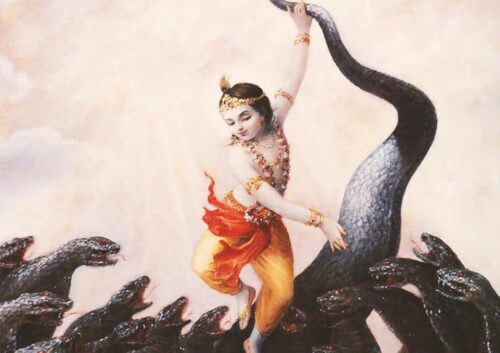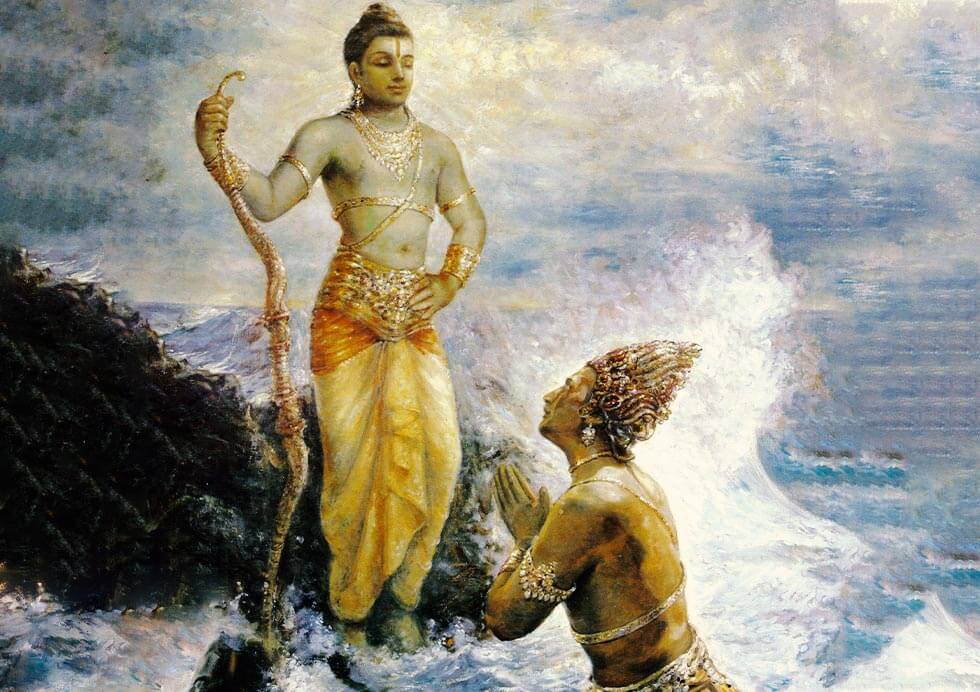

Maryada Purushottam Rama is revered for his kindness, love, and patience, yet there are instances where his anger served a higher purpose. Known as an ideal son, brother, husband, and friend, Lord Rama’s gentle nature is evident throughout the Ramayana. However, a specific incident highlights the divine anger of Lord Rama.
When Ravana kidnaps Mata Sita, Lord Rama, along with Lord Hanuman and divine companions, finds themselves on the shores of the sea—a crucial obstacle to reaching Lanka where Ravana holds Devi Sita captive.
Desperate to proceed, Lord Rama begins praying to Varuna, the Lord of water, for three days as the Vedic deity Varuna is the deity of the ocean (Samudra). However, receiving no response, Rama becomes enraged. He perceives that even the elemental lords heed only to violence, claiming that Varuna does not respect gentleness and peaceful prayers go unheard.
With his bow and arrow, Lord Rama decides to attack the oceans, aiming to dry up the waters and create a path for his army. Despite his ferocious intentions, Lakshmana implores Rama to consider a gentler approach. Rama’s arrows ignite the ocean, intensifying his anger. Samundar (ocean), rising from the depths with his wives, bows to Rama, explaining his inability to change his nature. Samundra advises Lord Rama, reminding him of his essence as the soul of peace and love, urging him to abandon wrath.
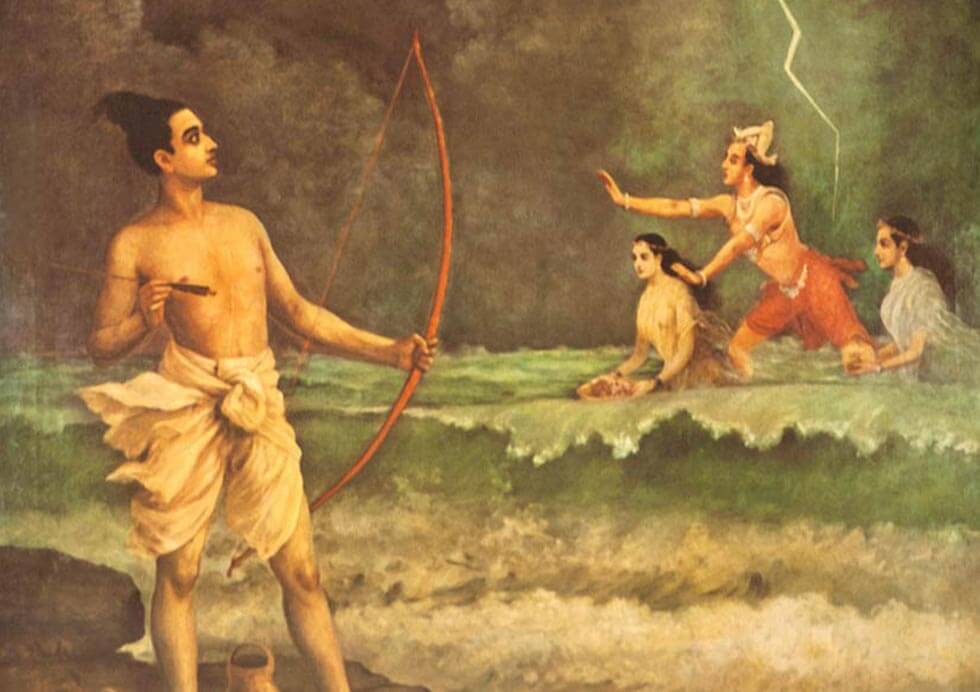
In response, the Samundra pledged not to disturb Lord Rama or his army during the construction of the bridge to Lanka. The sea conveyed a message to Lord Rama, revealing that in his army, a skilled artisan named Nala, the illustrious son of Vishwakarma, possessed unparalleled craftsmanship and unwavering devotion. Samundra suggested entrusting Nala with the task of building the bridge, expressing that he was proficient in all crafts and wholeheartedly devoted to Lord Rama.
Upon hearing Samundra’s message, Lord Rama was informed about Nala’s capabilities and his commitment to constructing a bridge over the vast sea. Nala, embracing the skills inherited from his father Vishwakarma, assured Lord Rama that he would build a bridge across the deep sea. Declaring himself as Vishwakarma’s son and inheriting his father’s proficiency, Nala expressed his confidence in successfully completing the monumental task.
Directed by Lord Rama, the leaders of the Vanaras eagerly ventured into the extensive forest, collecting materials for the bridge. The Vanaras filled the sea with various trees such as Sal, Aswakarna, Dhava, Bamboo, Kutaja, Arjuna, Bilva, Palmyra, Tinisa, Saptaparna, Mango, and Ashoka. Some Vanaras drew strings to maintain a straight line while others hurled rocks as large as elephants into the sea.
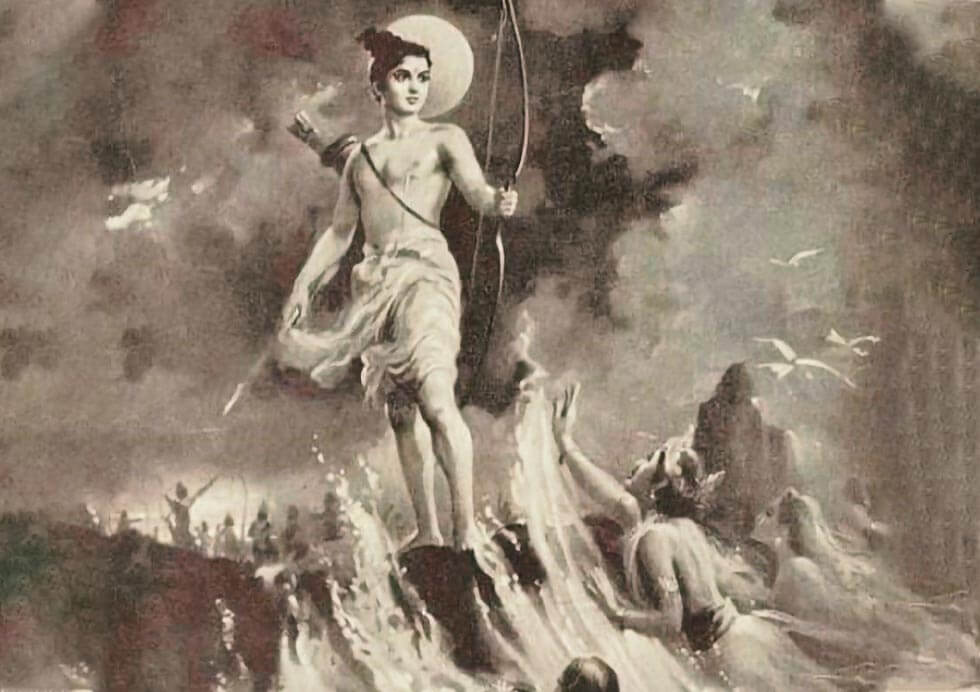
Nala and Neel, with their exceptional craftsmanship, began constructing the extensive bridge, stretching a hundred Yojanas in the heart of the sea. The Vanaras collaborated in this monumental effort, inscribing the name “Rama” on the stones before casting them into the water. Remarkably, the stones, marked with Rama’s name, floated and swam in the ocean, portraying the miraculous cooperation between the Vanaras and the divine intervention in the construction of the bridge.

